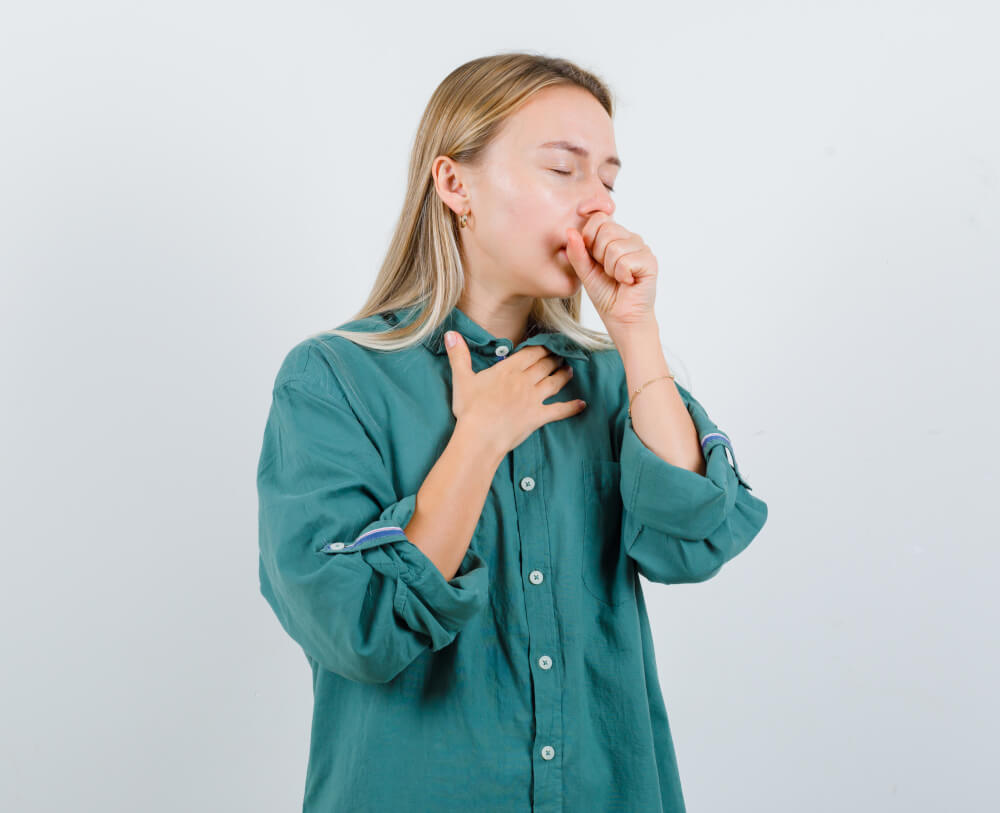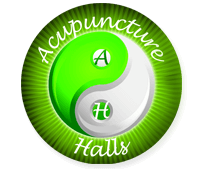
Photo credit to freepik.com
Upper respiratory disorders, ranging from the common cold to more severe conditions like sinusitis and allergies, can significantly impact our daily lives. While conventional treatments offer effective solutions, an increasing number of individuals are turning to complementary and alternative medicine (CAM) to alleviate symptoms and promote overall respiratory health. In this article, we delve into the realm of CAM and its diverse approaches to managing upper respiratory disorders.
Understanding Upper Respiratory Disorders
Upper respiratory disorders encompass a range of conditions that affect the nose, throat, and sinuses. Symptoms often include nasal congestion, sneezing, coughing, sore throat, and in some cases, breathing difficulties. Common upper respiratory disorders include the common cold, sinusitis, allergic rhinitis, and even respiratory tract infections.
The Role of Complementary and Alternative Medicine (CAM)
Complementary and alternative medicine comprises a diverse set of healthcare practices that fall outside the realm of conventional medical treatments. CAM approaches focus on holistic well-being, considering not only physical symptoms but also emotional, mental, and spiritual aspects of health. While CAM should not replace medical treatments, it can serve as a valuable complement to conventional approaches, especially when dealing with chronic conditions or seeking to enhance overall health.
CAM Approaches for Upper Respiratory Disorders
Several CAM modalities have gained recognition for their potential to alleviate symptoms and support respiratory health:
Herbal Medicine
Herbal remedies, such as echinacea, ginger, and elderberry, are often used to boost the immune system and provide relief from upper respiratory symptoms. Eucalyptus and peppermint essential oils are also popular choices for steam inhalation to alleviate congestion.
Acupuncture
Acupuncture involves the insertion of thin needles into specific points on the body to restore energy balance. It has been shown to have potential benefits in managing allergies, sinusitis, and related symptoms by promoting relaxation and reducing inflammation.
Yoga and Breathing Exercises
Yoga and specific breathing exercises, like pranayama, can improve lung capacity, enhance circulation, and promote relaxation. These practices may alleviate respiratory symptoms and support overall well-being.
Homeopathy
Homeopathic remedies use highly diluted substances to stimulate the body’s healing response. Remedies like Allium cepa and Nux vomica are sometimes recommended for upper respiratory symptoms.
Diet and Nutrition
Consuming a diet rich in fruits, vegetables, and immune-boosting nutrients can support respiratory health. Foods like garlic, turmeric, and honey are often included in CAM approaches to alleviate symptoms.
Mind-Body Practices
Mindfulness meditation, relaxation techniques, and guided imagery can reduce stress and anxiety, which may exacerbate upper respiratory symptoms. These practices promote a sense of calm and help support the body’s natural healing processes.
Chiropractic Care
Chiropractic adjustments are believed by some to improve nervous system function and enhance the body’s ability to heal. While not specifically targeted at respiratory disorders, some individuals report improved respiratory function after chiropractic treatments.
Evidential Support and Considerations
While some CAM approaches have shown promising results in managing upper respiratory disorders, it’s important to approach them with a critical and informed perspective:
- Research: Some CAM modalities, such as acupuncture and herbal medicine, have been subject to research studies. However, the evidence base can vary, and not all CAM approaches have undergone rigorous scientific investigation.
- Individual Variation: Responses to CAM approaches can vary widely among individuals. What works for one person may not work for another, and personalized guidance from a qualified practitioner is essential.
- Consultation: It’s crucial to consult with a qualified CAM practitioner who has experience in treating upper respiratory disorders. They can provide guidance tailored to your specific condition and needs.
- Integration with Conventional Treatment: CAM should not replace conventional medical treatment, especially in severe or acute cases. Instead, it can be integrated alongside conventional approaches to enhance symptom management and overall well-being.
Holistic Wellness for Respiratory Health
Upper respiratory disorders can be challenging, but exploring CAM approaches offers a holistic and patient-centered approach to managing symptoms and supporting overall respiratory health. As individuals seek to alleviate discomfort, enhance their immune systems, and promote well-being, CAM provides a diverse toolkit of techniques that honor the interconnectedness of the mind, body, and spirit in the journey towards optimal respiratory health.
Visit the Acupuncture Halls clinic in San Juan Capistrano, California, if you are interested in complementary and alternative medicine for upper respiratory disorders. To get advice on your medical problems, speak with a licensed acupuncturist at the clinic. To schedule a consultation, complete this form or dial 949-510-6333.
